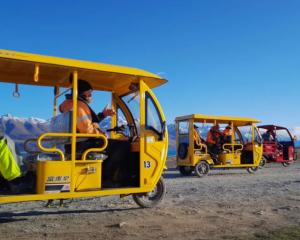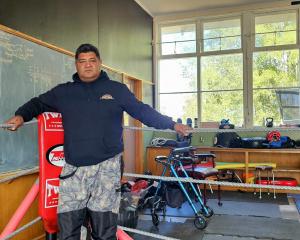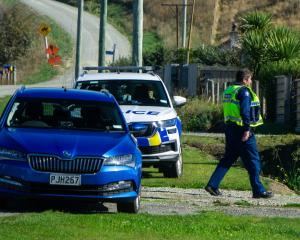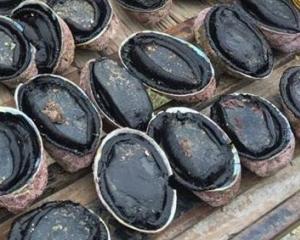
Waitaki Boys' High School's grounds are being swallowed by the sea, with up to a metre and a half now lost each year.
The school was founded on the Ōamaru coast 139 years ago.
Rector Darryl Paterson said everyone had been aware of the coastal erosion issue for some time.
"Back in the day, there were two rugby fields, kind of, side by side. Now you would probably fit maybe one at a squeeze," Paterson said.
"Everyone's seen it coming, but I suppose it's been the next generation's problem."
A former deputy rector told Paterson in the 1980s and 1990s, less than half a metre of school grounds was being lost every year.
But for the past 10 years, it had been about a metre and a half, he said.
Simon Hatherill worked as an asset manager for the Ministry of Education, which will soon assess Waitaki Boys' High School.
"It's one of the schools that's on our list of schools that we're looking at. I know that our regional infrastructure manager in the South Island has visited the school and has also visited with the mayor," Hatherill said.
The ministry had identified 103 schools, including Waitaki Boys', on coastal sites which required assessment, he said.
Over the next few months, a pilot programme evaluating 10 of the coastal primary and intermediate schools listed will be completed, with the assessments expected to be finished early next year.
"The investigation entails measuring the heights of certain points around the school grounds, measuring the floor levels of buildings, reviewing the photographic information we've got around flood defences, heights of roads, sand dunes ... things that will prevent the school from flooding," Hatherill said.
A school may need no work or it could need to be entirely relocated, but any decisions would be made with the school and its local community, he said.
The cost of the assessment and any work required would be covered, he said.
"Certainly the schools won't have to fund any of this. These are ministry assets and therefore we need to be putting the money in supporting whatever the plan may be for the schools," Hatherill said.
"Part of the exercise is to understand the true cost of this. And then after that, we'll have to work out how we're going to fund it, either taking money from our baseline funding, which will take money away from other things, or through a budget bid."
The programme has recently been extended to schools at risk from inland flooding too.
Paterson said Waitaki Boys' High School wanted to stay in its heritage-listed Ōamaru stone buildings for as long as possible.
"Could the ministry have done anything earlier? Possibly, yes. But we're really happy now that [the ministry] is engaging with an engineering firm, they are going to be doing some assessments and, we're hoping, giving us some timeframes about what could happen in the future, and then what the options are potentially for the school."
The ministry will begin the school's assessment in November.













